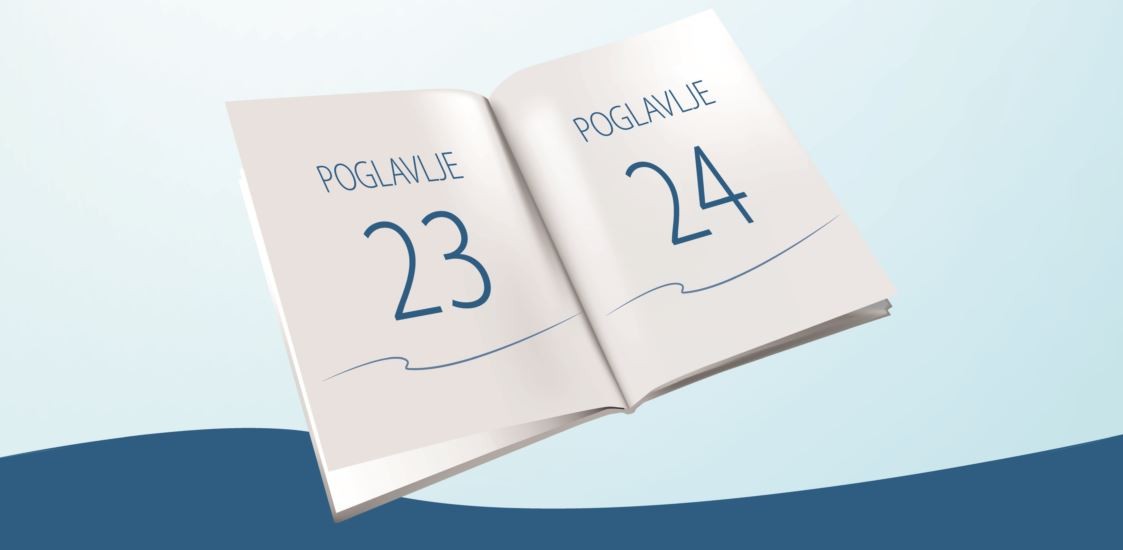This article is an integral part of the Coalition prEUgovor report on progress of Serbia in Chapters 23 and 24 for the period from November 2015 to April 2016.
In the area of migration no progress has been made. Serbia still lacks a unified and coherent strategic framework when it comes to migration.
In 2014, the number of registered irregular migrants increased. Since September 2014 there have been over 25 000 irregular migrants reported only on the Serbian-Hungarian border.[1] The Strategy for Combating Illegal Migration in the Republic of Serbia expired in 2014. It is necessary to evaluate the results and revise the Migration Management Strategy of the Republic of Serbia adopted in 2009. Also, it is necessary to improve the knowledge of all actors that come into contact with migrants about mixed migration flows and different mechanisms of action. The existing accommodation and staff capacities for urgent reception of migrants are insufficient to follow the current migratory pressure, especially when it comes to meeting the needs of vulnerable groups.
The Republic of Serbia has not yet concluded any readmission agreement with the countries of origin of most migrants residing in or transiting Serbia, which can be considered safe according to international and regional standards. There is no effective implementation of readmission agreements with the neighbouring countries, in cases where Serbia sends requests for the return of third-country nationals.[2]
[1] Data from the Frontex publication: frontex.europa.eu/assets/Publications/Risk_Analysis/FRAN_Q4_2014.pdf.
[2] ‘’Challenges of the asylum system’’, Group 484, Belgrade Centre for Human Rights, BCSP, Belgrade 2014, pg. 46.

